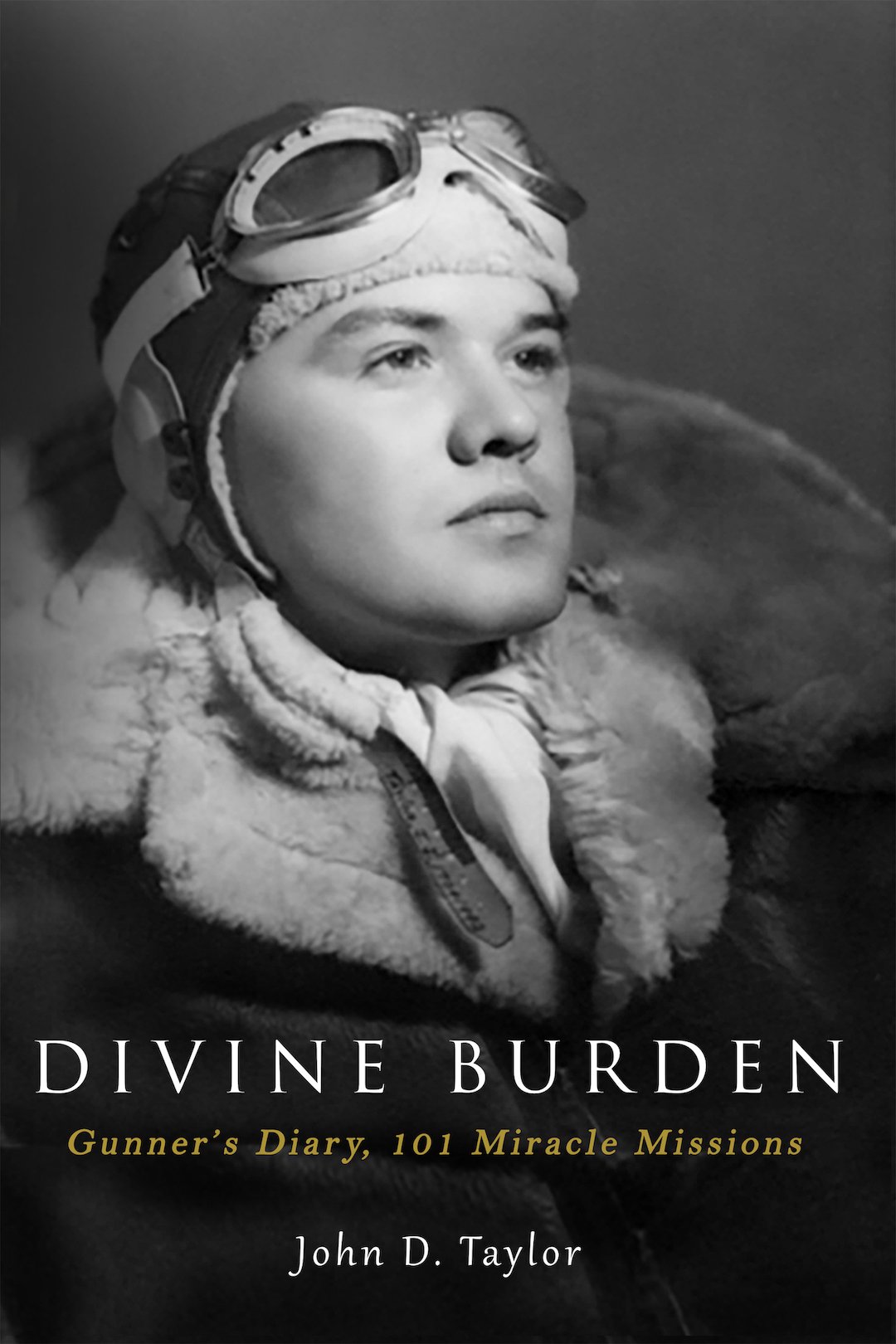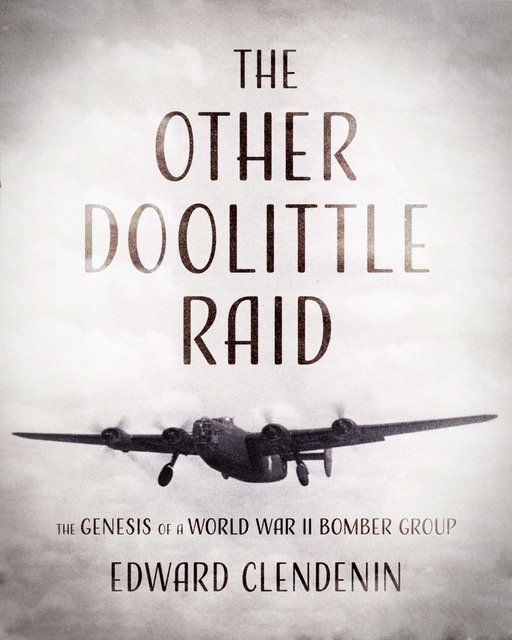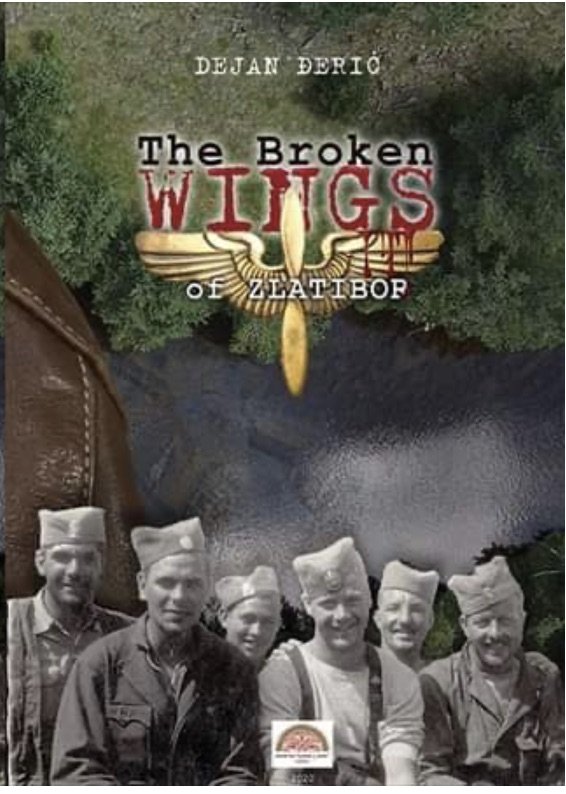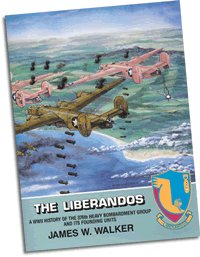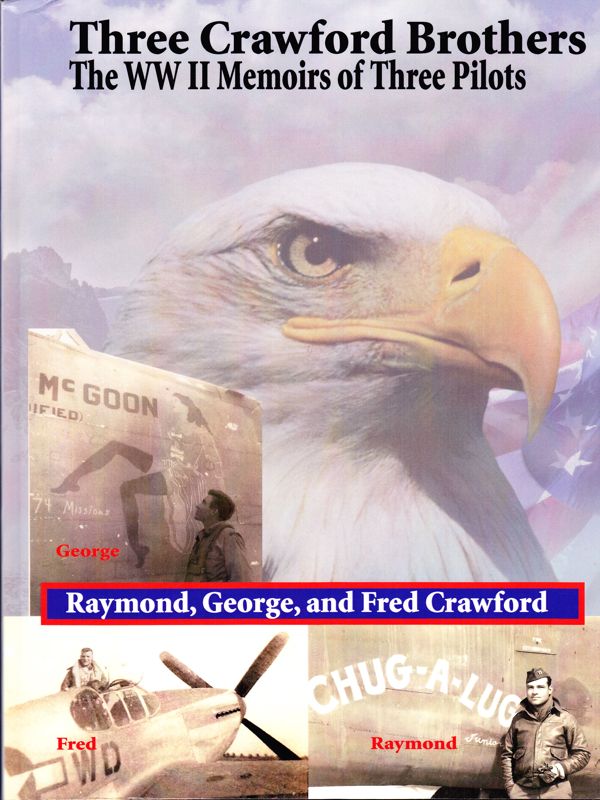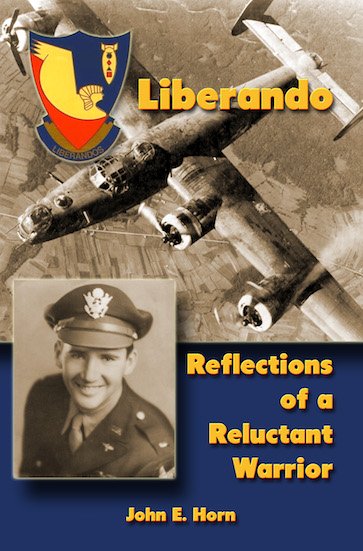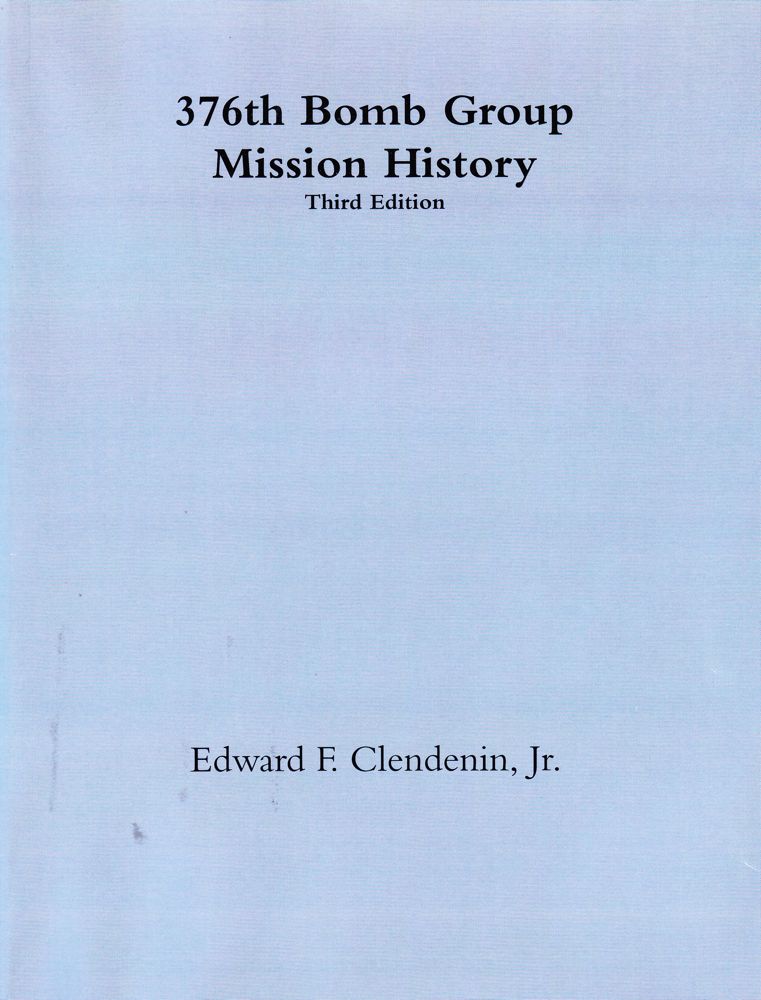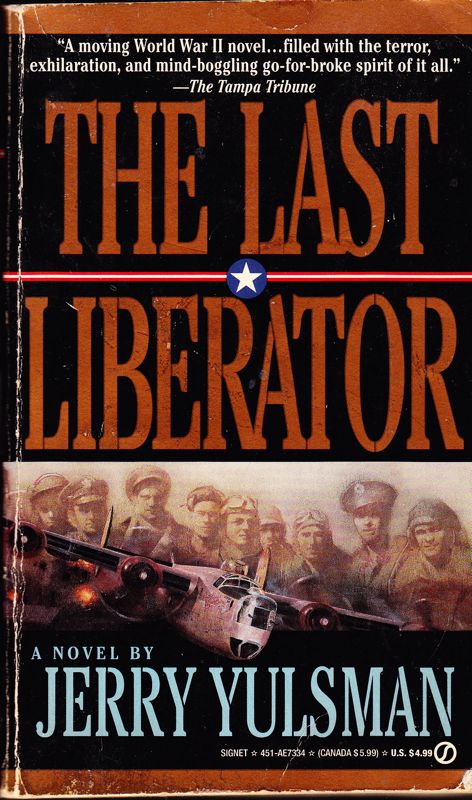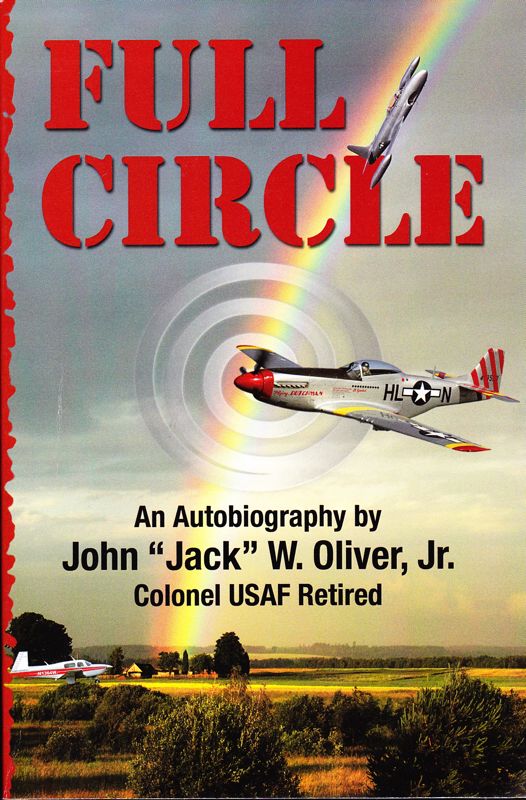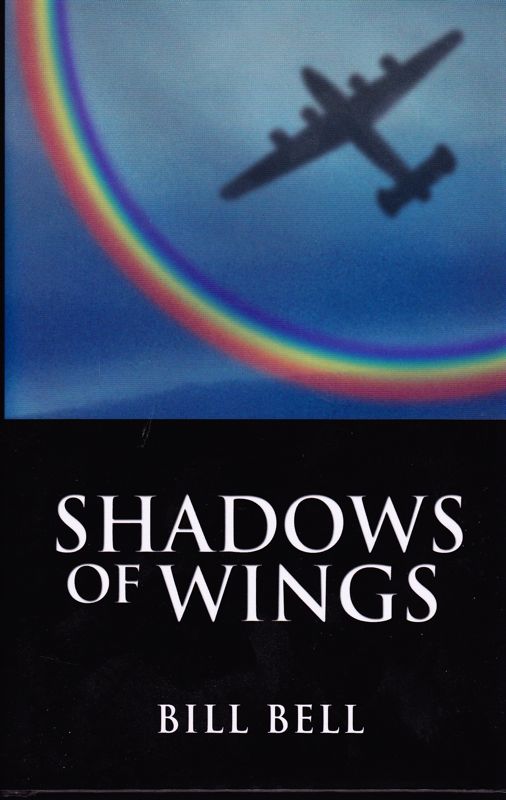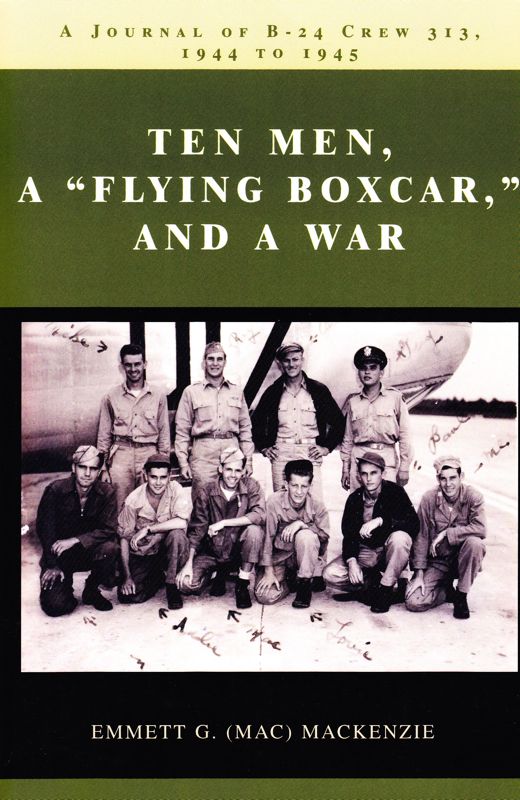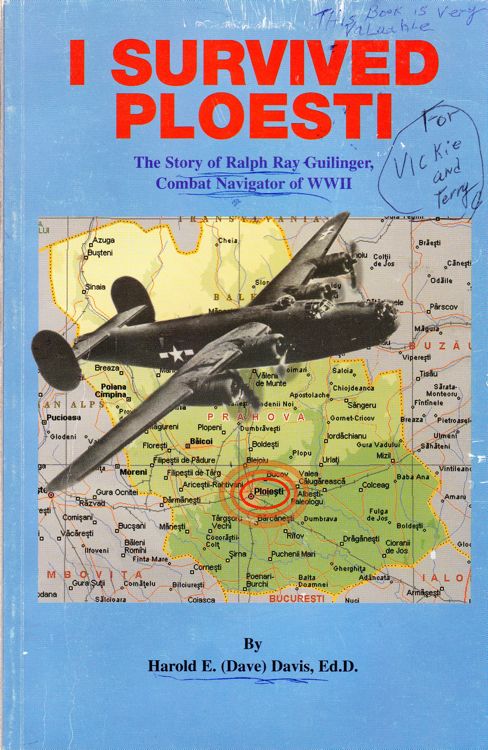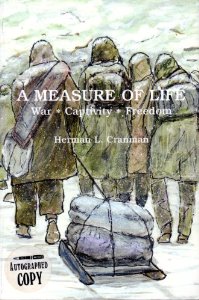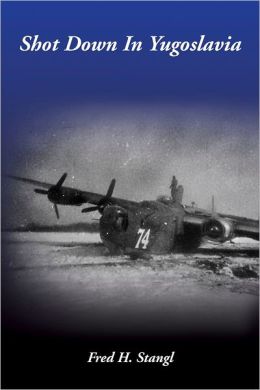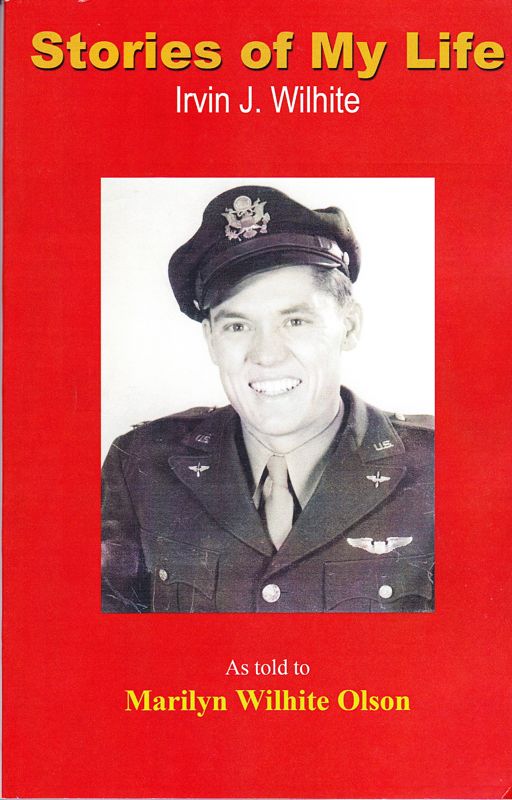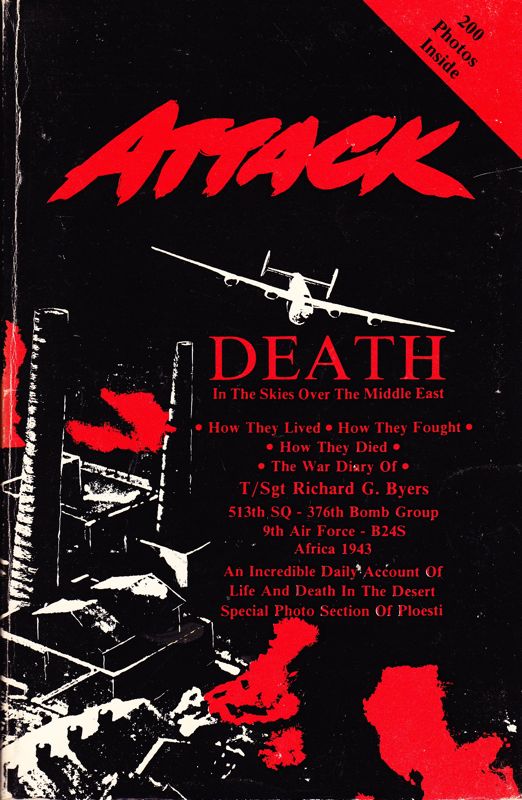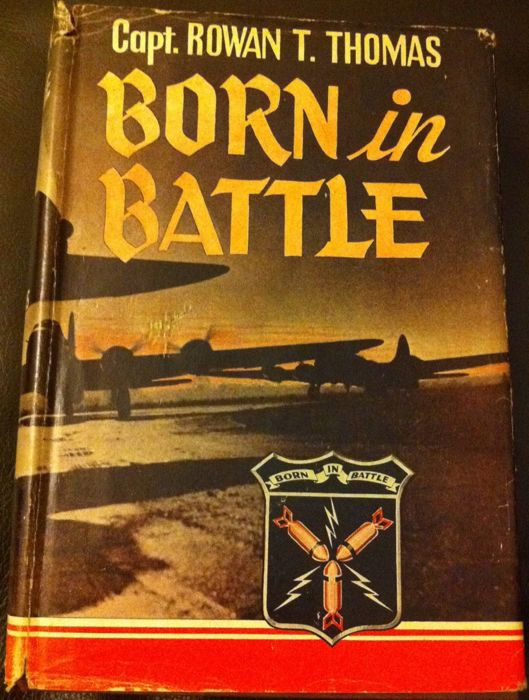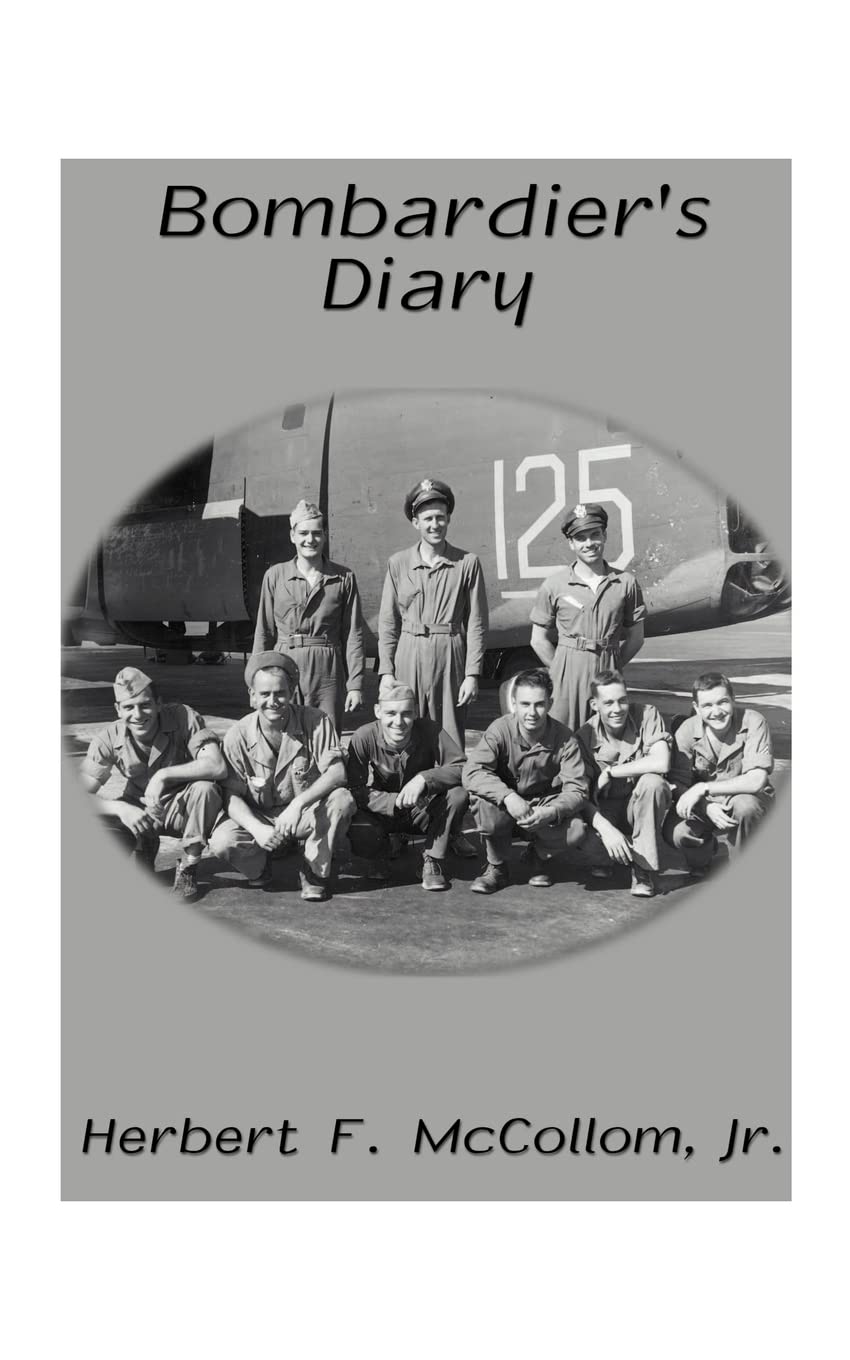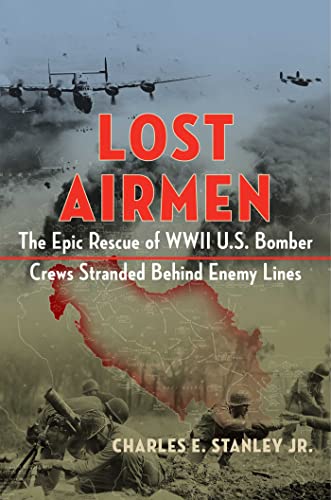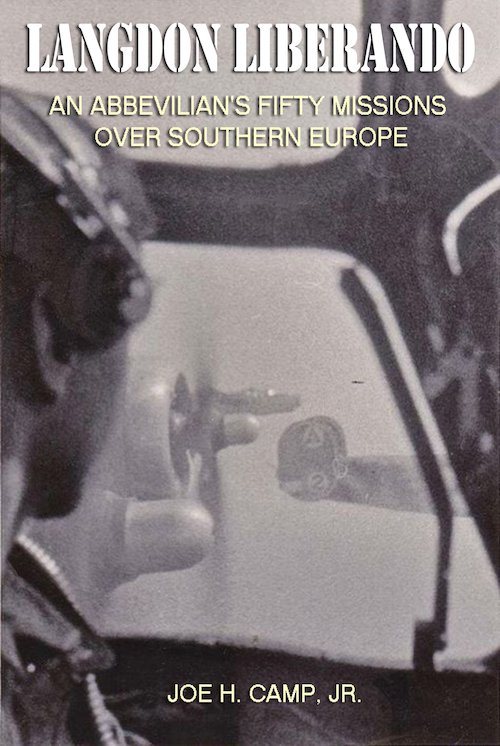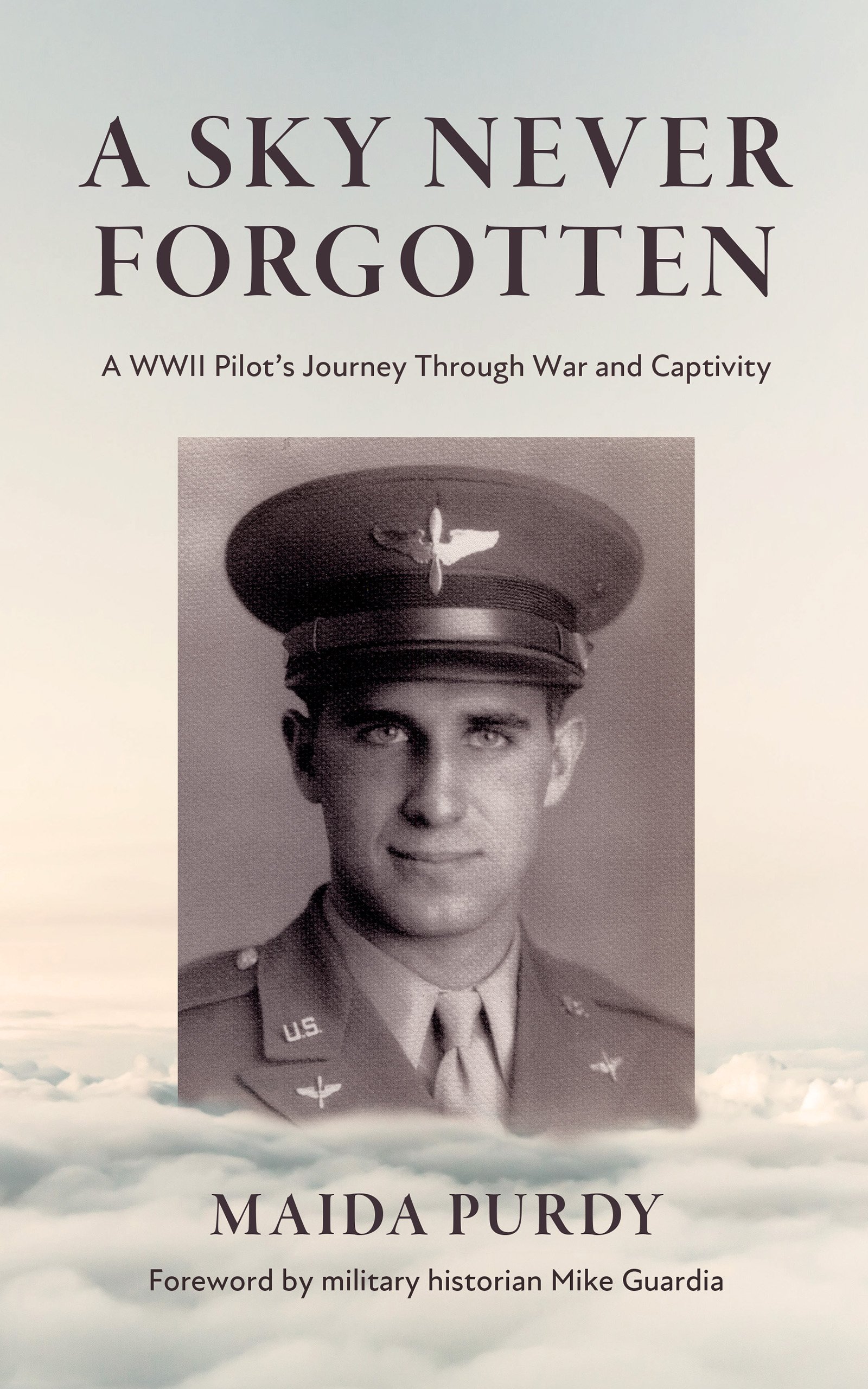Wilbur W. Mayhew
I was born on a farm about 10 miles east of the village of Yoder, Colorado on 17 March 1920. My parents were Wilbur Waldo Mayhew, Senior and Nina Farthing Mayhew. We left the farm and moved to Turlock, California in 1921. After a couple of years we moved to Redwood City, California. We returned to Turlock in 1929 to take over my grandmother's farm (20 acres). I graduated from Turlock Union High School in 1938. I attended Modesto Junior College from 1938 to 1940 when I attained an Associate of Arts degree. I returned to MJC in September 1940, intending to take some additional courses before going on to the University of California, Berkeley.
However, I soon decided to quit school for a while and enlist in the Armed Forces. I talked three of my buddies (James Hickey, Keats Smith, Maynard Fosberg) into quitting school and enlisting in the Armed Forces with me. We decided, as we drove to the recruiting station, that the four of us would join the same branch of military service. One said he wanted to be a Marine, so we went into the Marine recruiting office. I had taken a Navy physical examination for a specialized program earlier that summer and had failed ( I was underweight). Consequently, I did not think I could pass the Marine physical. However, I was given the physical examination and passed it. I came out of the physical and walked over to sign up. However, in the meantime the fellow that had wanted to join the Marines had changed his mind and decided he wanted to join the Army Air Corps. So, we walked down the hall to the Army recruiting office and signed up. That is why I joined the Army Air Corps and how close I came to being a Marine. That is, three of us joined the Army Air Corps and were being sent to Salt Lake City. However, Maynard wanted to stay in California, so he joined the Medical Corps, since that was the only branch that had openings in California. He spent the entire war in California.
I was sworn in on 7 October 1940 at Fort McDowell on Angel Island in San Francisco Bay. The three of us were sent to a newly established Army Air Corps base at Fort Douglas in Salt Lake City, Utah. Fort Douglas was built in 1862. A sign on one of the old bulletin boards when the 7th Bombardment Group arrived stated that shooting buffalo from the barracks windows was forbidden.
The Air Corps was just beginning to expand, so there were many of us new recruits there shortly. (In 1940 the Army Air Corps had 51,165 members). There were so many new recruits that the fort could not accommodate everyone. This required a tent city to be established for the recruits for the first few months. The three of us were among the first ten recruits to be stationed in the new tent city (" Valley Forge"). We assumed that Christmas furloughs would be allotted according to our time of arrival in the camp. However, the authorities decided they would be allotted by a drawing. Jim Hickey said he was going to go home whether he won a furlough or not. It turned out that he was the only one of the three of us that won a furlough. He then tried to talk Keats and I into going home with him. The camp was in turmoil at the time. Our names were not even being called at roll call each morning. So it was not hard to convince us to go home as well. Kenneth Cable, who lived in Sacramento, decided to go with us. We rented a taxi and took off for California. We hit a cow that night in central Nevada, but did no damage to the cow or car. We left the taxi in Sacramento and took a bus the rest of the way to Turlock. We spent ten glorious days at home. Keats and I had to return to Salt Lake by pay day so we would not be missed. We expected Military Police to be waiting for us at our tent, but no one had missed us. Jim returned when his furlough was over. It seems that nearly half the camp had gone AW.O.L., as Keats and I had done. None of us were punished for our actions. We were very glad we had gone home for that Christmas. We spent the next Christmas in Australia, and I spent the following Christmas in Egypt.
On 15 January 1941 I was assigned to the 88th Reconnaissance Squadron, which was attached to the 7th Bombardment Group. These units had moved from Hamilton Field, California to Salt Lake in September 1940. At this time each squadron was allotted eight aircraft. We moved to new barracks at Salt Lake City Airport on 20 January 1941. I was assigned to the photography department of the squadron at that time. Before we left Salt Lake the photo department photographed and made a mosiac map of most of western Utah and eastern Nevada.
On 31 January 1941 I had my first ever airplane ride. I flew in a B-18A from Salt Lake City to Tucson, Arizona where the 88th Squadron was on maneuvers. I returned to Salt Lake in a B-18 on 18 February 1941.
Near the end of May 1941 we received word that an attempted sabotage was expected at some or all Army Air Corps facilities. Consequently, on 29 May 1941 we were moved to Wendover Field at the border of Nevada and Utah. At that time Wendover Field was simply a dirt runway in the desert with no buildings. We dug "foxholes" for .30 caliber machine guns to protect our aircraft (B-18s and a few early B-17Cs and B-17Ds). I do not know what might have happened if saboteurs had arrived because very few of us had handled machine guns before. We spent the next two miserable days ( wind and rain) guarding our planes. Then we returned to Salt Lake City on the afternoon of31 May. No saboteurs ever showed up at Salt Lake or Wendover. As far a I know, no saboteurs arrived at any of the other air bases either.
In mid 1941 the Army Air Corps became the Army Air Force. At that time heavy bomber groups contained 4 Squadrons, each with 8 bombers, 37 officers and 229 enlisted men.
While we were stationed in Salt Lake I was sent up in a B-18 to shoot at a target that was towed behind another B-18 over the Great Salt Lake to attempt to qualify as an aerial gunner. I had never seen a .30 caliber machine gun before, let alone know how to shoot one. The gun was mounted in a plastic turret at the back of the plane that had to be cranked up to use. The armorer aboard the plane showed each of us potential gunners where the trigger was and where the safety was, then he got out of the way and let us use the gun. Each of us had our ammunition painted a different color so our shots could be distinguished. I made four flights over Great Salt Lake for gunnery practice. Somehow I hit the target a sufficient number of times to qualify as an expert aerial gunner.
In October 1941 The 7th Bombardment Group and the 88th Reconnaissance Squadron were alerted to prepare for two year's service overseas. The 7th and 88th were scheduled to go to Del Monte Airfield on the island of Mindanao, although at the time all we knew was we were sailing to ''PLUM''. At this time the 7th and 19th Bombardment Groups were the only combat ready heavy bombardment groups in the Army Air Force. (I hate to think what the others were like ). These two groups had the majority ofB-17s in the Air Force (only 87 in the AAF then). The 19th Group had preceded the 7th to the Philippines.
The ground personnel of the 7th Bombardment Group ( Heavy) and the 88th Reconnaissance Squadron left Salt Lake City by troop train at 1 :00 P.M. ( 1300 ) on 13 November 1941 and arrived in San Francisco, California at 10:00 A.M. ( 1000) on 15 November 1941. The train seemed to stop at every whistlestop between Salt Lake and San Francisco and sometimes even between whistlestops.When we left Salt Lake we were assigned to specific cars with one person assigned to the upper berths and two people to each of the lower berths. As we left the train, we immediately boarded a boat, "El Aquario", and sailed to Fort McDowell on Angel Island in the middle of San Francisco Bay (where I had enlisted 13 months earlier). Those of us that lived within
100 miles of San Francisco were given 24-hour passes so we could go home one last time before going overseas. We remained there until 8:00 P.M. (2000) on 20 November 1941 (Thanksgiving ), when we were taken to Pier 7 on the San Francisco waterfront (Embarcadero ). There we loaded on the troop transport "USAT Republic" (AP-33 ), headed for the Philippine Islands for two years as part of "PLUM" (Philippine Landing Unit, Manila). We were part of the 2,380 troops aboard (1,098 were 7th and 88th). Other troops aboard included the 147th and 148th Field Artillery of the Texas National Guard (all of whom were later killed or captured in Java). We had to unload 3,000 mattresses before we were allowed to go to bed that night.
The next day ( 21 November 1941 ) we sailed at noon and ran into rough seas shortly after sailing under the Golden Gate Bridge. Consequently, most of the troops aboard were seasick before the sun went down. That night lights shown brightly all over the ship. Movies were shown on the after deck. At first all the troops slept below deck. Our location was six decks below the main deck, two decks below the water line. Our compartment contained rows of fold-down bunks, four high. These bunks consisted of a metal frame with canvas stretched across. There was approximately two feet between rows, so space was very restricted. However, during the day the bunks were folded back, so there was a bit more space available then. We slept in our clothes directly on the canvas with no bedding. There really was no place to sit and little room to stand. The light and ventilation were poor. As we approached the tropics, this compartment ( and, I assume, all the others) became really hot, humid, and smelly like a gym. Showers, when you could get them, were with salt water. The salt water soap was hard on the skin and very hard to wash off
The following morning most of us were queasy, if not downright seasick. I managed to be unaffected until we were called to our "abandon ship" stations for practice. We were on the main deck lined up by the ship's rail in our kapok life jackets for what seemed hours. Every few minutes someone would break ranks and lose a meal over the side. Even if one was not seasick already, watching this procedure certainly put one in the mood to become seasick. I managed to hold my meal until I reached the bottom of the stairs to my quarters at the end of the practice. Luckily, there was a bucket beside the stairs.
After the excellent food the men had been given while stationed at Salt Lake, the two meals a day on the "Republic" left much to be desired. For example, the men made bets at breakfast whether the hard boiled egg they were given would be chicken or egg. Frequently, they found young green chickens inside when they opened an egg. The men stood in long lines around the deck to be served meals, then stood at chest high tables to eat. A dining tray had to be held securely with one hand while eating with the other, otherwise the tray would have to be chased down the table as the ship pitched. The smells from the galley usually were overpowering, especially to seasick, or nearly seasick, soldiers. The stink of cabbage being cooked was unforgettable.
With a full load of troops aboard, not everyone could be on deck at the same time. Consequently, people were rotated on deck for a few hours of fresh air. Sleeping on deck also was rotated among the troops. The monotony of nothing to do was one of the hardest things to endure. Card and dice games went on continuously. Some few found places where they could read, when they found any reading material.
The "REPUBLIC" approached the Hawaiian Islands the morning of 28 November 1941. A-20s from bases on Oahu were circling overhead long before we were in sight of land. We were escorted to our dock in Honolulu by these planes. We landed at 10:00 A.M. (1000 ). The troops aboard the ship were given 4-hour passes to go ashore.
When we reached the streets of Honolulu, we learned that the local Army personnel were participating in war maneuvers. There were machine guns mounted in street intersections behind sand bags and barbed wire, with armed soldiers everywhere we looked. When we sailed out of Honolulu the next day (29 November 1941 ), we were convinced that no one could surprise the military in the Hawaiian Islands. In fact, in the next few days, we became certain that everyone was ready for war, based on our own experiences ( little did we know!!!). Throughout the trip from San Francisco to Honolulu our troopship had been ablaze with lights every night, and movies were shown on deck. However, once we left Hawaii, the ship had a total, and strongly enforced, blackout, even though no war had started yet.
I was rather disappointed in Honolulu itself, but I liked the appearance of the rest of the island of Oahu that I saw. Honolulu has narrow, crowded streets, with about every race on the face of the globe represented in the population. The largest portion at that time, however, seemed to be Oriental---chiefly Japanese. They seemed to be running most of the businesses around there, strangely enough. The Royal Hawaiian and Moana Hotels are really beautiful structures. I would not mind staying there awhile myself Waikiki Beach was another disappointment. We had much better beaches in Libya. The beach at Waikiki is very narrow, and the swimming area has a coral bottom, which is very hard on the feet. The water is a beautiful shade of blue. The pineapple and sugar cane fields were beautiful sights to see, as one looked back of the city towards the hills.
We sailed from Honolulu at 7:00 A.M.( 0700) the next morning (29 November 1941). We sailed due west until we were out of sight of land, then turned southwest. This made no sense to the troops, since Asia was west. We did not know where we were going, but we knew it had to be someplace in Asia. We learned later this route was to bypass the Japanese mandated islands in mid-Pacific as well as deliver two Australian diplomat's bodies to Australia. In a few hours we joined a convoy. The ships in the convoy, besides the ''Republic'', were the light cruiser "Pensacola", a Navy yacht "Niagra", the transports "Meigs", Bloomfontaine", "Chaumont", and the freighters "Admiral Halstead" and "Coast Farmer". We did not know why there was radio silence from our ships after we left Honolulu. However, we could receive radio messages. Another thing we did not expect was the total blackout that was strictly enforced that first night out of Honolulu. This blackout was maintained for the rest of the voyage to Australia ( both before and after 7 December 1941 ).
We had just crossed the equator ( 6 December 1941 at longitude 165 degrees West) about 1500 miles southwest of Honolulu the day before the attack on Pearl Harbor. The 2380 troops that were crossing the equator for the first time were initiated. This converted all of us on the ship from "pollywogs" to "shellbacks" as members in the "Ancient Order of the Deep" by "King Neptune's Court". With that many to initiate, obviously they could not spend much time on each soldier. Some had their heads shaved, others had to eat shaving cream, etc. Most of us, however, were herded through canvas air tubes that were laid on their sides on the deck. Salt water filled the bottom of the tubes, and sailors with electric "cattle prods" tried to zap us as we went through the tube. Many of us were lucky enough to be missed, but quite frequently a loud yell would be heard, indicating the sailors had been successful with their prods.
The website 376bg.org is NOT our site nor is it our endowment fund.
At the 2017 reunion, the board approved the donation of our archives to the Briscoe Center for American History, located on the University of Texas - Austin campus.
Also, the board approved a $5,000 donation to add to Ed Clendenin's $20,000 donation in the memory of his father. Together, these funds begin an endowment for the preservation of the 376 archives.
Donate directly to the 376 Endowment
To read about other endowment donation options, click here.
Reunion
NOTE change in the schedule !!
DATES: Sep 25-28, 2025
CITY:Rapid City, SD
HOTEL: Best Western Ramkota Conference Hotel; 2111 North LaCrosse St., Rapid City, SD 57702; 605-343-8500
Click here to read about the reunion details.
